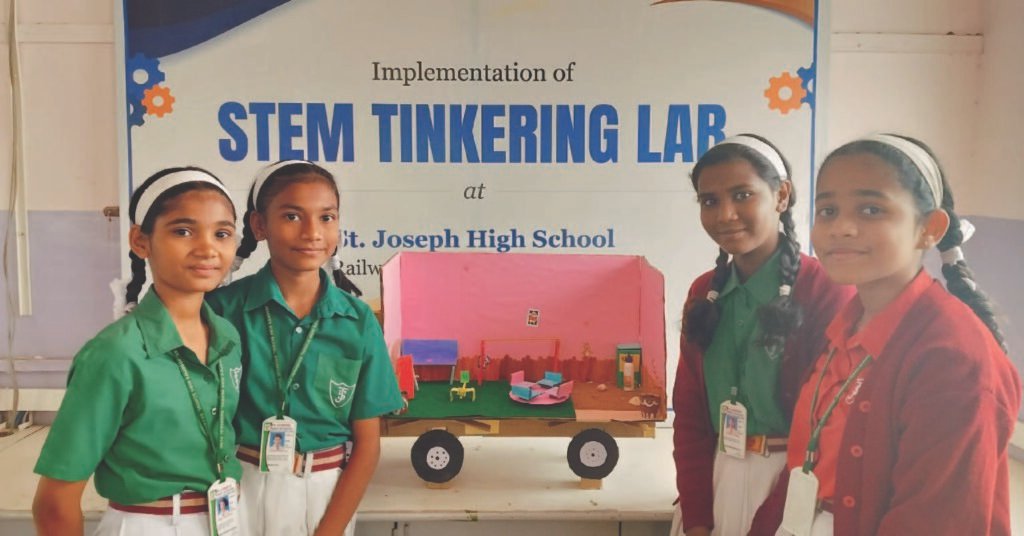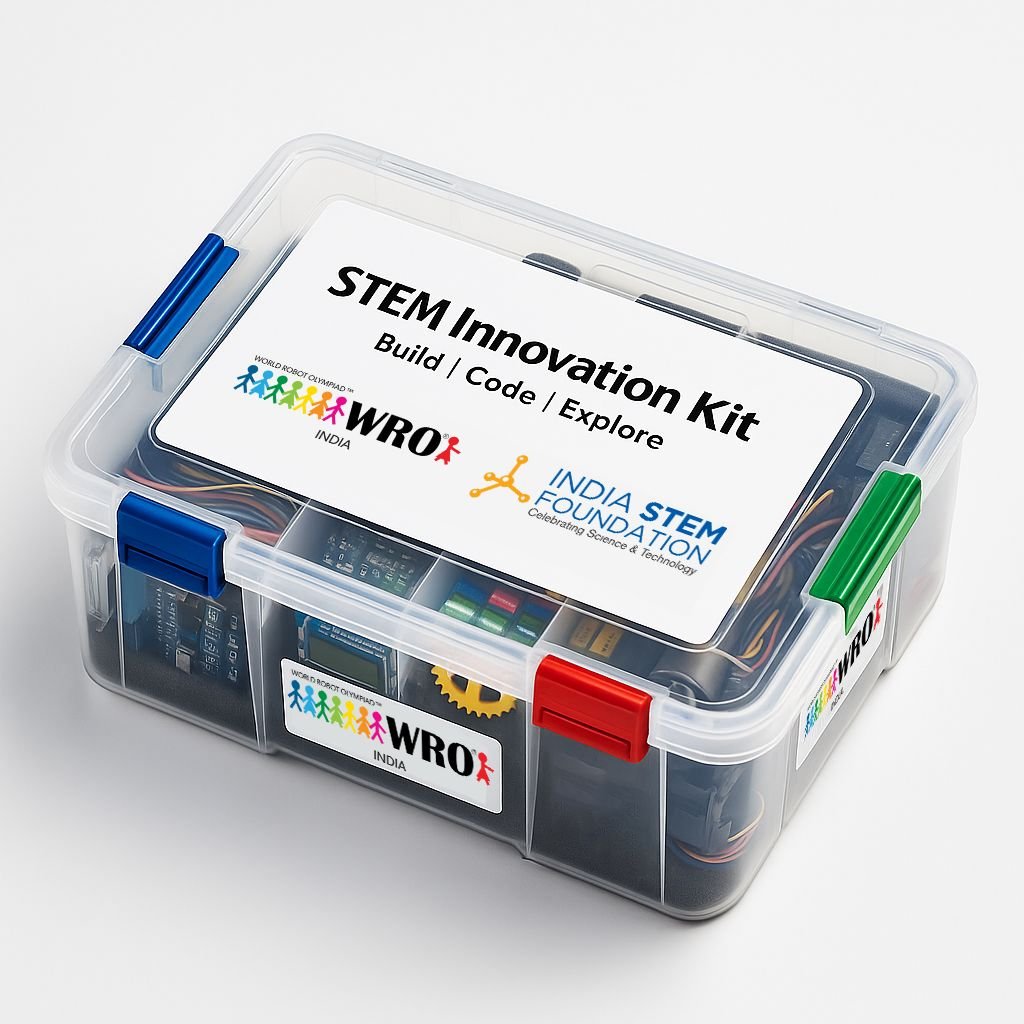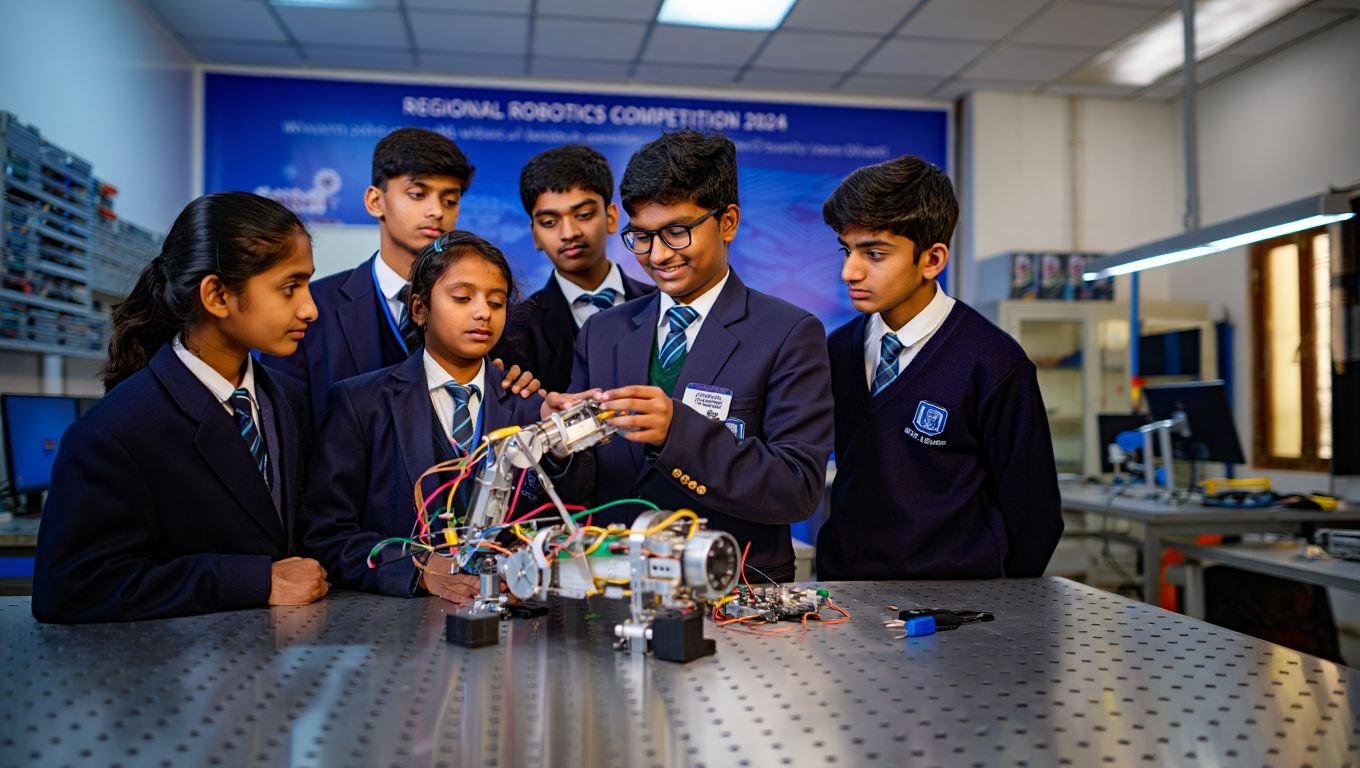Science, Technology, Engineering, and Mathematics, or STEM, education is essential to shaping our future. It gives people the knowledge and abilities needed to succeed in a technologically advanced setting. Nonetheless, there is a pressing need for more Girls in STEM to help shape a more promising and inclusive future for these disciplines as well as the global community and to unlock the unrealized creativity, inventiveness, and potential of the next generation.
Girls in STEM education are vital because they encourage diversity, spark creativity, serve as role models for future professionals, and create ideas that upend industries. Girls who have excelled in STEM professions throughout history have paved the way for future generations. In this setting, girls’ participation is now a driving force behind the advancement of STEM education and STEM subjects in the future. From Marie Curie’s ground-breaking discoveries to the accomplishments of today’s female scientists, engineers, and technologists, Girls have consistently contributed their knowledge, perceptions, and inventiveness to the STEM fields.
The Gender Gap in STEM
One of the biggest challenges that still exists in STEM (Science, Technology, Engineering, and Mathematics) sectors is the gender gap. Research and statistical data regularly show that women are underrepresented in STEM fields. Women make up a smaller portion of the STEM workforce than males and are less likely to seek STEM education and careers. This mismatch reduces the range of viewpoints, ideas, and methods for problem-solving, which has a significant negative influence on STEM innovation and diversity. Diversity is essential for stimulating creativity, and a more diverse STEM community would generate a wider range of concepts and solutions, accelerating the advancement of science and Technology.
Furthermore, these differences reinforce preconceptions and biases, which limit the potential of women and make it more difficult for them to succeed in STEM fields. It is crucial to address this disparity for the sake of social justice as well as to advance STEM education, especially STEM for girls.
Recognizing the Gap in Gender
According to a Ministry of scientific and Technology survey, women continue to outnumber men in scientific and engineering degrees in India, with about 30% of female students choosing to major in STEM fields. Still, there is a gender gap in the workforce, with women making up just 14% of STEM workers in the nation. These findings highlight the significant under-representation of women in STEM areas in India and highlight the need for joint efforts to promote diversity and gender equality in these professions, with a focus on Girls in STEM and STEM Education for Girls.
Cultural and Social Role in Gender Gap in STEM Education
It is clear from STEM education that prejudices and cultural attitudes have a big impact on how many girls participate in and are represented in STEM fields. Cultural prejudices and stereotypes that STEM disciplines are better suited for men put obstacles in the way of girls in STEM education. The underrepresentation of girls in STEM is further compounded by the absence of awareness of mentors and role models in these professions. Initiatives that support STEM education for Girls and encourage their participation in the field are crucial to addressing the issue. We can close the gender gap and help girls in STEM succeed by questioning social conventions and creating encouraging environments.
Role Models in STEM
A number of notable Indian female role models in STEM education have accomplished incredible things, and they are sources of inspiration for the next generation. Among them is Dr. Tessy Thomas, who has been referred to as the “Missile Woman of India” due to her significant contributions to missile testing. In the same way, Dr. Ritu Karidhal—also referred to as the “Rocket Woman of India”—was instrumental in the success of the Mars Orbiter Mission. Other notable individuals are Dr. Aditi Pant, a trailblazing scientist in quantum computing, and Dr. Mylswamy Annadurai, who made substantial contributions to India’s Chandrayaan and Mangalyaan missions. Another important figure in computer science and Technology is Dr. Sudha Nair, a well-known computer scientist and educator. These remarkable women serve as powerful role models for Girls in STEM and underscore the importance of promoting STEM Education tailored to girls’ needs.
Initiatives Aim to Encourage Girls in STEM Education and STEM Fields
Girls in STEM Clubs: Creating societies or clubs with the express purpose of bringing girls in STEM disciplines together in a nurturing atmosphere to learn and grow.
STEM Outreach Programs: Planning events to highlight employment options in STEM education, such as career fairs, seminars, and workshops, with a focus on STEM for girls.
STEM mentoring program: match females with mentors in STEM fields who may serve as role models, advisors, and sources of inspiration to help them achieve their goals.
STEM Scholarships and Grants: Lowering barriers to entrance by offering financial support in the form of scholarships and grants to ladies pursuing STEM education at different levels.
Revision of curricula to include diverse perspectives and examples that resonate with girls; creation of inclusive learning environments free from gender bias; and cultivation of collaborative and supportive classroom cultures that encourage girls’ participation and success in STEM subjects are some of the strategies being implemented to make STEM education more female-friendly. In the end, these initiatives want to increase females’ participation and retention in STEM areas and STEM jobs by fostering a more inclusive and friendly environment in STEM education.
In a nutshell, Girls in STEM are important because of what they do to promote diversity and creativity. The gender gap in STEM education and jobs still exists despite progress, which restricts diversity and creativity. In order to close this gap and provide a more welcoming STEM environment, programs like STEM Clubs, Outreach Programs, and Mentoring Schemes encourage STEM for Girls. We can help females reach their full potential and guarantee a more diversified and promising future for STEM disciplines and society at large by empowering them in STEM education.




